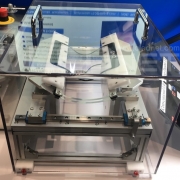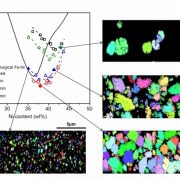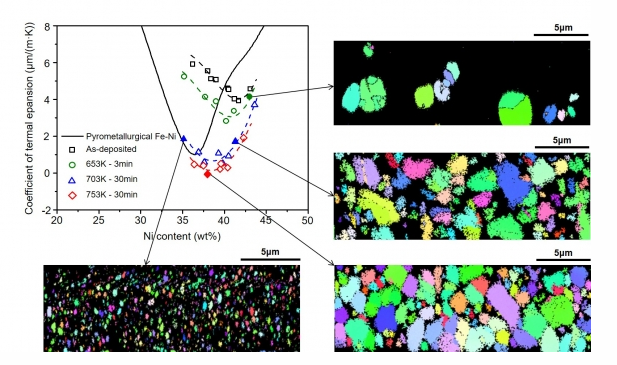[SID 2019] Colorless PI와 UTG, 폴더블 OLED용 커버 윈도우에 더 적합한 소재는?
Royole이 폴더블 OLED폰인 ‘FlexPai’를 선보인 이후, 삼성전자와 Huawei도 폴더블 OLED폰을 공개하며 업계와 대중들의 큰 관심을 이끌었다.
현재 상용화가 되거나 준비중인 폴더블 OLED폰의 가장 큰 변화는 기존의 플렉시블 OLED에서 사용되었던 유리 소재의 커버 윈도우가 colorless PI 소재로 변경되었다는 것이다.
Colorless PI는 기존의 커버 윈도우용 유리보다 얇아 곡률 반경을 줄이는데 유리하고 깨질 우려가 없다는 장점이 있다. 다만, 표면의 터치 질감과 스크래치 우려로 인해 기존의 유리를 최대한 얇게 만든 UTG(untra thin glass)도 폴더블 OLED용 커버 윈도우 소재로 관심을 받고 있다.
미국 San Jose에서 열린 SID 디스플레이위크 전시회에서 KOLON은 하드 코팅이 적용된 colorless PI를 전시하였다. 2018년부터 colorless PI 양산 준비를 완료한 KOLON은 현재 AUO와 BOE, LG 디스플레이, Royole 등에 폴더블 OLED 커버 윈도우용 colorless PI를 공급하고 있다.
하드 코팅 업체인 DNP와 TOYOCHEM도 하드 코팅이 된 colorless PI을 전시하였다. DNP의 업체 관계자는 해당 필름은 현재 개발 중이며 주요 사업 분야는 하드 코팅이라고 밝혔으며, TOYOCHEM의 업체 관계자는 KOLON과 SKC에 하드 코팅 샘플을 납품한 바 있다고 언급했다.
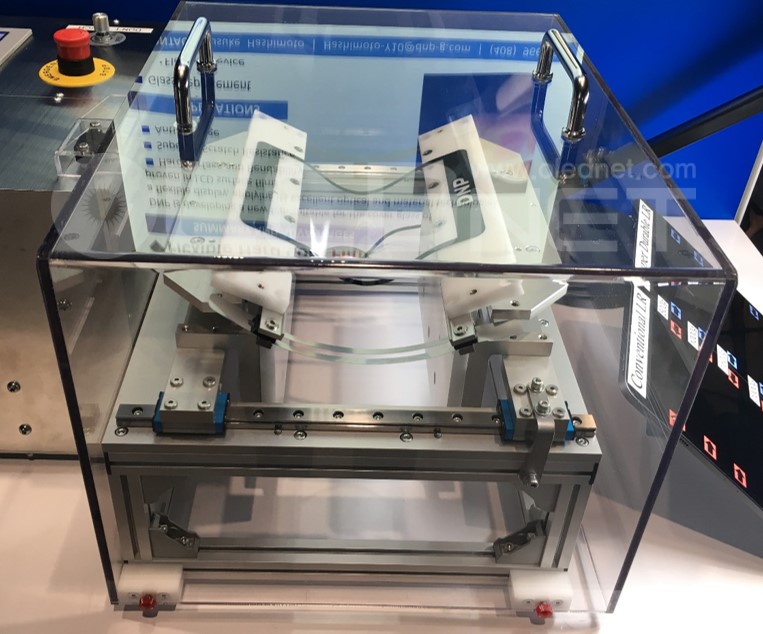
한편, UTG 개발 업체인 SCHOTT도 폴더블 OLED 커버 윈도우용 UTG를 전시하며 관객들의 주목을 받았다. SCHOTT의 관계자는 현재 개발 중인 UTG는 인 폴딩용이 아닌 아웃 폴딩용 커버 윈도우 제품이라고 밝혔으며, 두께는 현재 0.7 mm에서 2.5 mm까지 고객사들의 요구에 맞춰 개발을 진행중이라고 언급하였다.
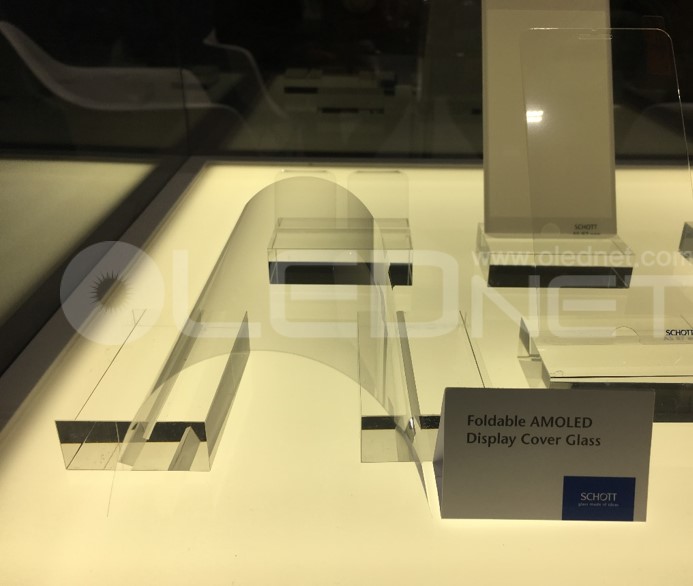
가까운 시일내로 스마트폰 세트 업체들의 폴더블 OLED폰 출시가 예상됨에 따라 관련 소재들의 경합도 치열해질 전망이다. Colorless PI가 주도권을 이어갈지, 아니면 UTG가 기존의 영항력을 행사할 수 있을지 귀추가 주목되고 있다.

